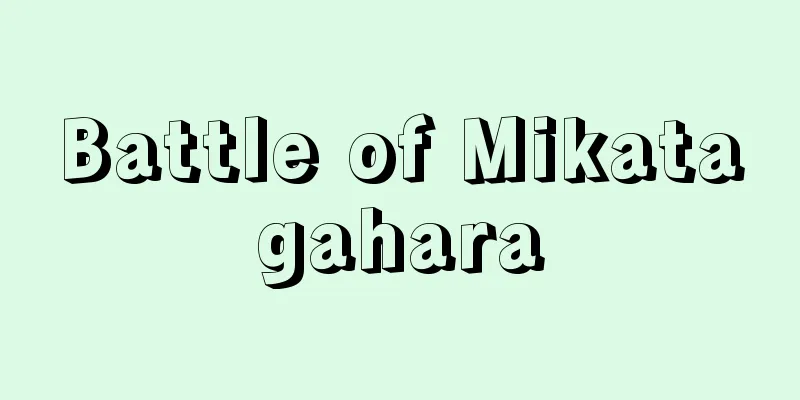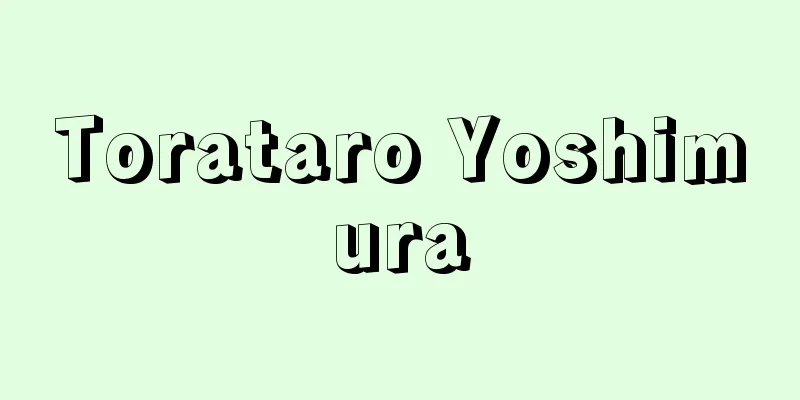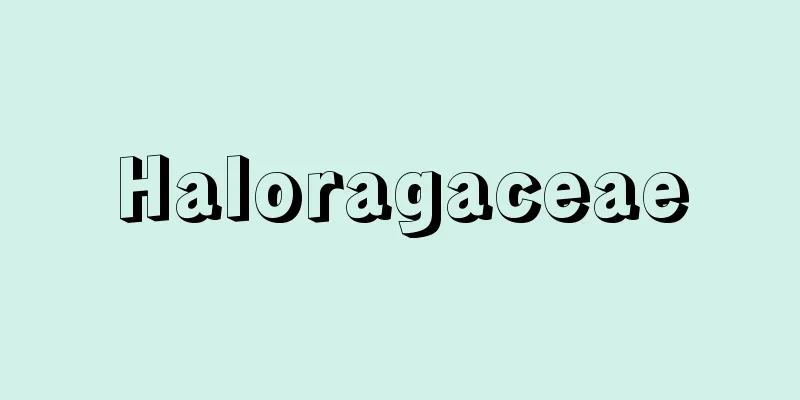Popular Movement for the Liberation of Angola (Movimento Popular de Libertação de Angola; MPLA)

|
Founded in December 1956 in Luanda under the influence of the Angolan Communist Party, it is an Angolan national liberation organization. It later became a political party. It moved its headquarters to Conakry (now Guinea), Leopoldville (now the Democratic Republic of the Congo), and Brazzaville (now the Republic of the Congo). Under Chairman A. Neto, who established leadership within the party in December 1962, it launched an armed liberation struggle against Portugal in Cabinda and the eastern region in 1963. It continued to fight guerilla wars, sometimes competing and sometimes opposing the Angolan National Liberation Front (FNLA) and the National Union for the Total Independence of Angola (UNITA). In January 1975, it reconciled with the FNLA and UNITA under the Mombasa Accord, and the three parties signed an independence agreement with Portugal in the same month and established a transitional government, but a civil war broke out between the FNLA and UNITA in the middle of the same year. However, while the United States and China, which had supported the Allied forces, stopped their aid, the MPLA, with the aid of the Soviet Union and Cuba, almost secured victory in February 1976, and gained the recognition of the Organization of African Unity (OAU), establishing its legitimacy both at home and abroad. After that, based on Marxism-Leninism, it promoted nation building by establishing militias, introducing a production cooperative system, and organizing and mobilizing the masses of young people, students, workers, and women. In December 1977, it changed its name to the People's Movement for the Liberation of Angola (MPLA-PT). In December 1990, influenced by the democratization of Eastern Europe and the Soviet Union, it abandoned Marxism-Leninism. In the first multi-party parliamentary elections held in September 1992, the MPLA became the largest party, beating UNITA, and José Eduardo dos Santos became president. (→Angola Civil War) Source: Encyclopaedia Britannica Concise Encyclopedia About Encyclopaedia Britannica Concise Encyclopedia Information |
|
1956年 12月アンゴラ共産党の影響下にルアンダで創設されたアンゴラの民族解放組織。のち政党。コナクリ (現ギニア) ,レオポルドビル (現コンゴ民主共和国) ,ブラザビル (現コンゴ共和国) と本部を移しながら,62年 12月に党内で指導権を確立した A.ネト議長のもとで,63年からカビンダおよび東部地域で対ポルトガル武装解放闘争を展開。アンゴラ民族解放戦線 FNLAや,アンゴラ全面独立民族同盟 UNITAと,ときに競合し,ときに対立しながらゲリラ戦を続けた。 75年1月モンバサ協定によって FNLA,UNITAと和解し,3者一体となって同月ポルトガルと独立協定を結び,暫定政府を発足させたが,同年中頃には FNLA,UNITA連合軍との間に内戦が勃発。しかし連合軍を支援していたアメリカ,中国が援助を中止したのに対して,MPLAはソ連,キューバの援助を得て 76年2月にはほぼ勝利を確定し,アフリカ統一機構 OAUの承認を得て内外にその正統性を確立した。その後マルクス=レーニン主義に基づき,民兵組織の整備,生産協同組合方式の導入,青年,学生,労働者,女性の組織化と大衆動員などによる国家建設を推進した。 77年 12月にアンゴラ解放人民運動労働党 MPLA-PTと改名。 90年 12月東欧・ソ連の民主化の影響を受けてマルクス=レーニン主義を放棄。 92年9月に実施された初の複数政党制議会選挙では UNITAを抑えて第1党となり,ジョゼ・エドゥアルド・ドスサントスが大統領に就任。 (→アンゴラ内戦 )
出典 ブリタニカ国際大百科事典 小項目事典ブリタニカ国際大百科事典 小項目事典について 情報 |
<<: Angola National Liberation Front - Angola National Liberation Front
>>: Angora rabbit fur - Angora rabbit fur
Recommend
Wenner method - Wenner method
...A direct current is passed from one pair of el...
Kidneys
The kidneys are organs of the urinary system that...
Córdoba (English spelling)
The capital of the province of Cordoba in north-ce...
Izusan
...Population: 45,610 (1995). The main settlement...
Occident (English spelling)
(Originally from Latin, meaning the place where th...
educational sociology
...Specific research areas include: (1) developme...
Hatakeyama clan
(1) A powerful clan from the end of the Heian per...
Yaita (English spelling) sheet pile
A type of civil engineering construction material...
Cheletomorphe lepidopterorum (English spelling) Cheletomorphelepidopterorum
…The narrow-legged mite Cheyletus eruditus , foun...
Pupa obtecta (English spelling) Pupa obtecta
…The coarctata of the higher Diptera cyclorha (fl...
Takeisao Shrine
This shrine is located in Kitafunaokacho, Murasaki...
Internal deposit - uchiirekin
...money paid at the same time as or relatively s...
Tubularia mesembryanthemum
It is a member of the order Anthoathecata, class H...
Sony Corp. - Sony
A major electronics manufacturer. Founded in 1946 ...
Fès (English spelling)
The capital of Fes Province in north-central Moroc...









